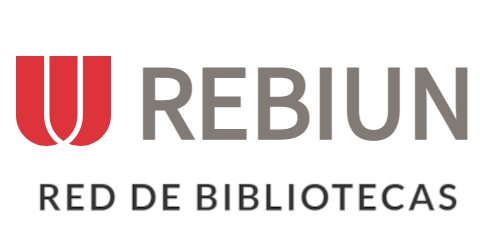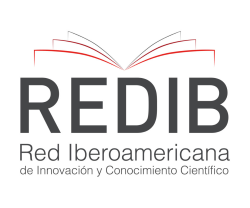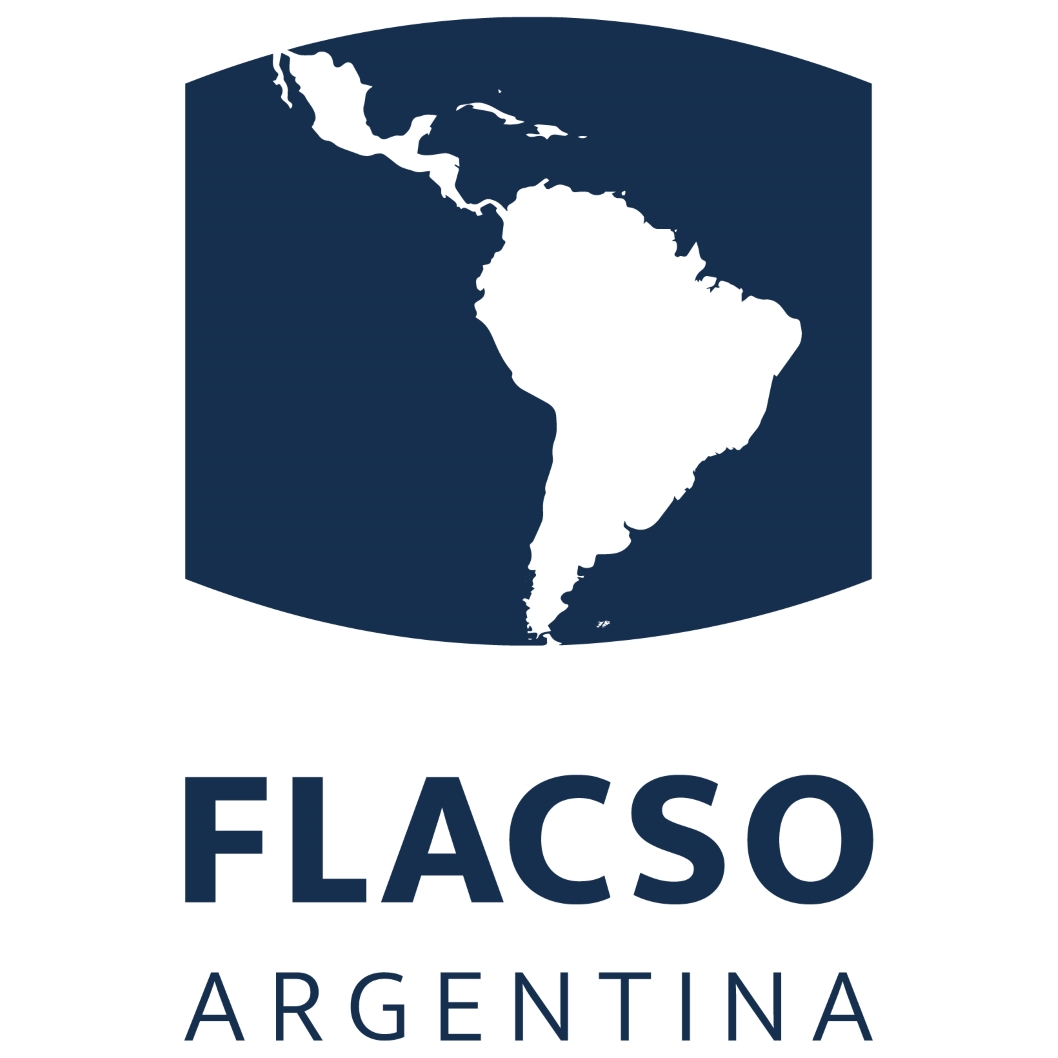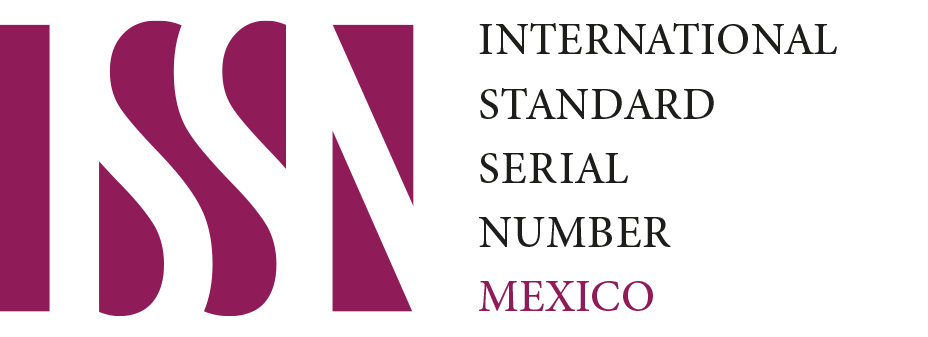Comparación de los Factores de Riesgo para Complicaciones por Covid en Personal de la Unidad de Medicina Familiar No. 73
Resumen
Antecedentes: El COVID 19 es una enfermedad que afecta las vías respiratorias generando patrones restrictivos en la ventilación los cuales se agravan ante la presencia de determinados factores de riesgo relacionados con el mal pronóstico de la infección tales como obesidad y sobre peso, edad mayor a 60 años, diabetes e hipertensión en descontrol, enfermedades que generan inmunocompromiso, embarazo o lactancia. Objetivo: Analizar la diferencia en los factores de riesgo para complicaciones por COVID presentes en el personal de la Unidad de Medicina Familiar No. 73 en el 2021 con respecto a 2020. Material y métodos: Se realizó un estudio observacional, comparativo y longitudinal en trabajadores de la Unidad de Medicina Familiar No. 73 del IMSS, delegación Coahuila, 291 sujetos contestaron la encuesta EPICAVT; se realizó estadística descriptiva y comparativa con Chi2 con nivel de confianza al 95% y valor de p≤0.05. Resultados y conclusiones: Se formaron 2 grupos de estudio según el año de aplicación de la encuesta, se encontró diferencia estadística entre ambos grupos en variables como: sexo, escolaridad y presencia de antecedentes patológicos; además esta diferencia entre grupos también se observó en los valores de edad, IMC, presión arterial, glucosa, triglicéridos y colesterol (p≤0.05). La diferencia de los factores de riesgo para complicaciones por COVID en los grupos de estudio fue diferente, el grupo encuestado en 2021 presentó menos factores de riesgo como patologías diagnosticadas y valores más bajos en los exámenes de laboratorio con respecto al grupo de 2020.
Descargas
Citas
Huang C, Wang Y, Li X, Ren L, Zhao J, Hu Y, et al. Clinical features of patients infected with 2019 novel coronavirus in Wuhan, China. Lancet. 2020; 395(10223):497–506. Available from: https://pubmed.ncbi.nlm.nih.gov/31986264/
Wang D, Hu B, Hu C, Zhu F, Liu X, Zhang J, et al. Clinical Characteristics of 138 Hospitalized Patients with 2019 Novel Coronavirus-Infected Pneumonia in Wuhan, China. JAMA - J Am Med Assoc. 2020; 323(11):1061–9. Available from:
https://jamanetwork.com/journals/jama/fullarticle/2761044
Khan M, Khan H, Khan S, Nawaz M. Epidemiological and clinical characteristics of coronavirus disease (COVID-19) cases at a screening clinic during the early outbreak period: a single-centre study. J Med Microbiol. 2020; 69(8):1114–23.
Zarocostas J. What next for the coronavirus response? [Internet]. Vol. 395, Lancet (London, England). Elsevier; 2020. p. 401. Available from:
http://www.thelancet.com/article/S0140673620302920/fulltext
Comité Internacional de Taxonomía de Virus [Internet]. Nombrando el Coronavirus 2019. Available from: https://www.mendeley.com/catalogue/
Fernández JAM, Chew RMW. Generalidades, aspectos clínicos y de prevención sobre COVID-19: México y Latinoamérica. Univ Medica. 2021; 62(3). Available from:
https://revistas.javeriana.edu.co/index.php/vnimedica/article/view/33065
Worldometer [Internet]. COVID 19. [cited 2022 Sep 16]. Available from: https://www.worldometers.info/coronavirus/
Salud Coahuila [Internet]. Reporte Epidemiologico Coahuila COVID-19. [cited 2022 Sep 16]. Available from: https://www.saludcoahuila.gob.mx/COVID19/municipios.php
Song HD, Tu CC, Zhang GW, Wang SY, Zheng K, Lei LC, et al. Cross-host evolution of severe acute respiratory syndrome coronavirus in palm civet and human. Proc Natl Acad Sci USA. 2005; 102(7):2430–5. Available from: https://pubmed.ncbi.nlm.nih.gov/15695582/
Manejo clínico de la COVID-19 OMS. 2021.
Guía clínica para el tratamiento de la COVID-19 en México.
Zhou F, Yu T, Du R, Fan G, Liu Y, Liu Z, et al. Clinical course and risk factors for mortality of adult inpatients with COVID-19 in Wuhan, China: a retrospective cohort study. Lancet. 2020; 395(10229):1054–62. Available from:
http://www.thelancet.com/article/S0140673620305663/fulltext
Zaki N, Alashwal H, Ibrahim S. Association of hypertension, diabetes, stroke, cancer, kidney disease, and high-cholesterol with COVID-19 disease severity and fatality: A systematic review. Diabetes Metab Syndr. 2020; 14(5):1133. Available from: /pmc/articles/PMC7340589/
Lee G Bin, Kim Y, Park S, Kim HC, Oh K. Obesity, hypertension, diabetes mellitus, and hypercholesterolemia in Korean adults before and during the COVID-19 pandemic: a special report of the 2020 Korea National Health and Nutrition Examination Surv ey. Epidemiol Health. 2022; 44. Available from: https://pubmed.ncbi.nlm.nih.gov/35538699/
Aghili SMM, Ebrahimpur M, Arjmand B, Shadman Z, Pejman Sani M, Qorbani M, et al. Obesity in COVID-19 era, implications for mechanisms, comorbidities, and prognosis: a review and meta-analysis. Int J Obes (Lond). 2021; 45(5):998–1016. Available from:
https://pubmed.ncbi.nlm.nih.gov/33637951/
Rossi AP, Gottin L, Donadello K, Schweiger V, Nocini R, Taiana M, et al. Obesity as a risk factor for unfavourable outcomes in critically ill patients affected by Covid 19. Nutr Metab Cardiovasc Dis. 2021; 31(3):762. Available from: /pmc/articles/PMC7677044/
Gupta R, Ghosh A, Singh AK, Misra A. Clinical considerations for patients with diabetes in times of COVID-19 epidemic. Diabetes Metab Syndr. 2020; 14(3):211–2. Available from:
https://pubmed.ncbi.nlm.nih.gov/32172175/
Steenblock C, Hassanein M, Khan EG, Yaman M, Kamel M, Barbir M, et al. Diabetes and COVID-19: Short- and Long-Term Consequences. Horm Metab Res. 2022; 54(8):503–9.
Kreutz R, Algharably EAEH, Azizi M, Dobrowolski P, Guzik T, Januszewicz A, et al. Hypertension, the renin-angiotensin system, and the risk of lower respiratory tract infections and lung injury: Implications for covid-19. Cardiovasc Res. 2020; 116(10):1688–99.
Ran J, Song Y, Zhuang Z, Han L, Zhao S, Cao P, et al. Blood pressure control and adverse outcomes of COVID-19 infection in patients with concomitant hypertension in Wuhan, China. Hypertens Res. 2020; 43(11):1267–76. Available from:
https://pubmed.ncbi.nlm.nih.gov/32855527/
Geng L, He C, Kan H, Zhang K, Mao A, Zhang C, et al. The association between blood pressure levels and mortality in critically ill patients with COVID-19 in Wuhan, China: a case-series report. Hypertens Res. 2021; 44(3):368–70. Available from:
https://pubmed.ncbi.nlm.nih.gov/33408331/
Kai H, Kai M, Niiyama H, Okina N, Sasaki M, Maeda T, et al. Overexpression of angiotensin-converting enzyme 2 by renin-angiotensin system inhibitors. Truth or myth? A systematic review of animal studies. Hypertens Res. 2021; 44(8):955. Available from: /pmc/articles/PMC7943405/
Hatmi ZN. A Systematic Review of Systematic Reviews on the COVID-19 Pandemic. SN Compr Clin Med. 2021; 3(2):419–36. Available from:
https://pubmed.ncbi.nlm.nih.gov/33521564/
Tang Y, Hu L, Liu Y, Zhou B, Qin X, Ye J, et al. Possible mechanisms of cholesterol elevation aggravating COVID-19. Int J Med Sci. 2021; 18(15):3533. Available from: /pmc/articles/PMC8436106/
Zhong P, Wang Z, Du Z. Serum triglyceride levels and related factors as prognostic indicators in COVID‐19 patients: A retrospective study. Immunity, Inflamm Dis. 2021; 9(3):1055.
Derechos de autor 2024 Esteban León Cardona , Pedro Alberto Rodríguez Campos, Massiel Alejandra Delgado Hernández

Esta obra está bajo licencia internacional Creative Commons Reconocimiento 4.0.











.png)




















.png)
1.png)


